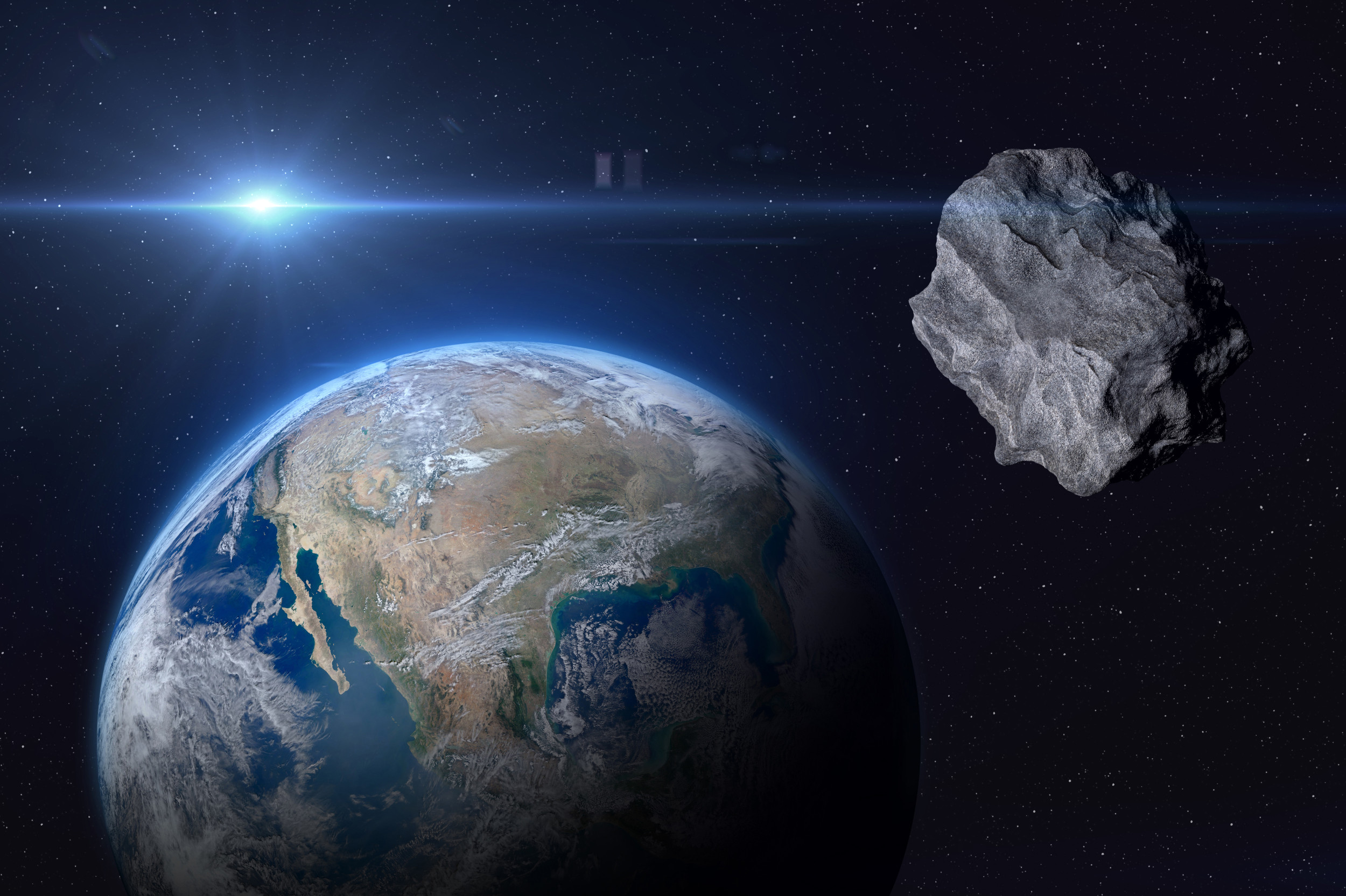
Asteroid to Approach Earth at Historic Proximity on June 29 On June 29th, an asteroid designated as 2023 KD will make an extraordinarily close approach to our planet, passing within a mere 30,000 miles of Earth. This distance is closer than the Moon, which orbits around 239,000 miles away. The asteroid is estimated to be approximately 1.8 kilometers (1.1 miles) in diameter and poses no immediate threat to Earth. However, its historic proximity provides a unique opportunity for scientists and astronomers to study its composition and trajectory. “This is a rare event,” said Dr. Kelly Fast, an astronomer from the National Aeronautics and Space Administration (NASA). “Asteroids of this size typically pass by Earth much farther away, so having one come this close allows us to gather valuable data.” The asteroid will be visible to professional telescopes, as well as some amateur telescopes with powerful equipment. It is not expected to be visible to the naked eye. NASA has been tracking the asteroid closely and has determined that it will have no impact on Earth’s climate or any nearby space assets. However, the event underscores the importance of asteroid detection and tracking programs to monitor potential threats to our planet. “Asteroids are a reminder of the constant bombardment that Earth experiences from space,” said Dr. Luis Sarro, a planetary scientist from the University of Barcelona. “By studying these objects and understanding their behavior, we can better prepare for future potential impacts.” The close approach of asteroid 2023 KD is a testament to the wonders of space exploration and the importance of ongoing scientific research to safeguard our planet.Asteroids Approaching Earth: Two to WatchAsteroids Approaching Earth: Two to Watch In the face of cosmic events, a disaster movie like “Asteroid” may seem improbable, but our planet is perpetually visited by celestial objects. NASA’s Jet Propulsion Laboratory monitors impending asteroids, and two are currently garnering attention. Mountain-Sized Asteroid Approaching for a Close Flyby On June 27, 2024, asteroid 2011 UL21, with a colossal diameter of 7,200 feet, will graze our cosmic vicinity. Though posing no immediate threat, its potentially dangerous classification stems from its close approach and size. Asteroid 2024 MK: A Closer Encounter Just two days after 2011 UL21’s flyby, a smaller but more proximate asteroid, 2024 MK, will make a closer pass. With an estimated diameter between 390 and 850 feet, this asteroid will approach within 180,000 miles of Earth on June 29, 2024. Visible to the Naked Eye? While not observable with the naked eye, 2024 MK may be visible through telescopes or binoculars. For optimal viewing, choose a location with clear skies and minimal light pollution. ESA’s NEO toolkit can guide your stargazing plans. Reminder of Cosmic Encounters These impending asteroid encounters serve as a reminder that potentially dangerous objects lurk in our cosmic neighborhood, awaiting discovery. The discoveries of 2011 UL21 and 2024 MK underscore the importance of monitoring such objects, ensuring their potential impact is known and mitigated when necessary.
Asteroid to Approach Earth Closer Than the Moon on June 29 An asteroid roughly the size of a small city will make a close pass by Earth on June 29, coming within a distance closer than the Moon. The asteroid, designated 2023 BU, was discovered just days ago by astronomers at the Crimean Astrophysical Observatory in Ukraine. According to NASA, 2023 BU has an estimated diameter of between 0.6 and 1.3 miles (1 and 2.1 kilometers). It is expected to fly past Earth at a distance of about 230,000 miles (370,000 kilometers), which is less than the average distance between the Earth and the Moon. While 2023 BU poses no immediate threat to Earth, its close approach will provide scientists with valuable data. They will be able to observe its size, shape, and composition, which can help them better understand the nature of asteroids and their potential impact on the planet. Astronomers will be closely tracking 2023 BU using ground-based telescopes and spacecraft. The Asteroid Terrestrial-impact Last Alert System (ATLAS), a network of telescopes that searches for near-Earth objects, will be monitoring the asteroid’s trajectory. The close approach of 2023 BU is a reminder of the importance of tracking near-Earth objects and understanding their potential impact. NASA has a dedicated program to identify, track, and characterize near-Earth objects, and the agency is continually working to improve its ability to detect and mitigate potential threats. While 2023 BU is not expected to impact Earth, its close approach is a valuable opportunity for scientists to learn more about these objects and their potential implications for the planet.
Asteroid to Approach Earth at Historic Proximity on June 29
Related Posts
Kate Hudson Recreated Her Iconic How to Lose a Guy in 10 Days Scene During the World Series, and I Can’t Ignore the Fans’ Reaction to It
Kate Hudson isn’t just an award-winning one actress with famous parents; she is also a huge baseball fan. So it’s no surprise that she attended this year’s World Series to…
Software Catalog Unveils Array of Cutting-Edge Solutions for Enterprise Transformation
Software Catalog Unveils Array of Cutting-Edge Solutions for Enterprise TransformationSoftware Catalog Unveils Array of Cutting-Edge Solutions for Enterprise Transformation Technology is rapidly reshaping the business landscape, making it imperative for…